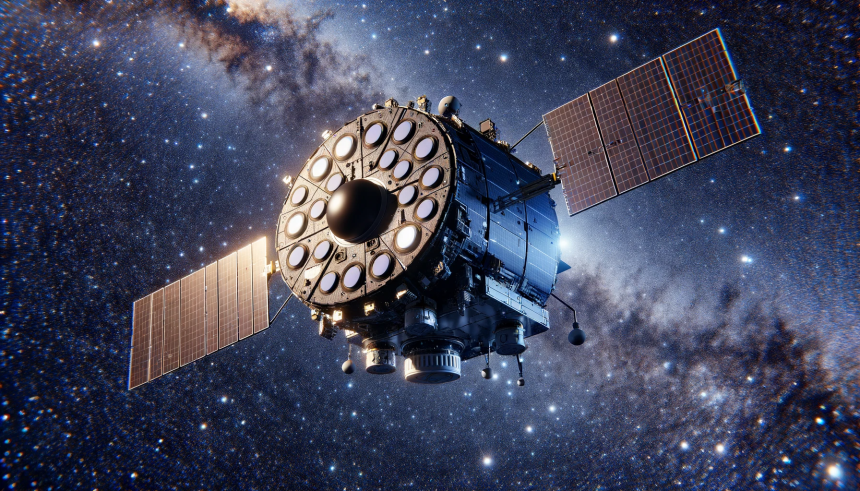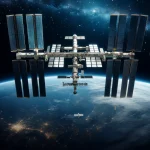A significant discovery has been made in the realm of astronomy as NASA researchers have identified a supermassive black hole in the galaxy NGC 5084 that spins out of alignment with its host galaxy. This revelation offers new insights into the dynamic and often tumultuous interactions within galaxies. The team utilized advanced techniques to analyze historical data, uncovering phenomena that challenge our current understanding of galactic structures.
Previous observations of NGC 5084, first noted by William Herschel, did not reveal the unusual characteristics of its central black hole. This new analysis leverages recent technological advancements to provide a deeper look into the galaxy’s core, indicating that past studies may have only scratched the surface of its complexities.
How Did SAUNAS Reveal the Black Hole’s Alignment?
The Selective Amplification of Ultra Noisy Astronomical Signal (SAUNAS) method was pivotal in this discovery. By enhancing low-brightness X-ray emissions obscured by other radiation, SAUNAS allowed astronomers to detect four large X-ray plumes emanating from NGC 5084’s center. These plumes are atypical both in number and orientation compared to what is usually observed in similar galaxies.
What Role Did Multiple Observatories Play?
To verify the findings from the Chandra X-ray observatory, the team examined data from the Hubble Space Telescope and the Atacama Large Millimeter Array (ALMA). Additionally, radio wavelength observations from the NRAO’s Expanded Very Large Array provided a comprehensive view of the galaxy’s core. These combined observations confirmed the presence of a dusty inner disk that is perpendicular to the galaxy’s main plane.
What Implications Does This Have for Galactic Theory?
The misaligned black hole suggests that NGC 5084 has experienced significant interactions, possibly a collision with another galaxy that altered the black hole’s spin axis.
“It was like seeing a crime scene with multiple types of light,”
stated Alejandro Serrano Borlaff of NASA’s Ames Research Center. This finding challenges existing models of galactic formation and evolution, indicating that black holes can undergo dramatic shifts in orientation.
The discovery underscores the importance of reanalyzing archival data with new technologies, as it can lead to unexpected breakthroughs. By applying SAUNAS to existing datasets, researchers open the door to uncovering more hidden phenomena within well-studied galaxies. This approach not only maximizes the value of past observations but also enhances our understanding of the universe’s intricate dynamics.
This event highlights the dynamic nature of galaxies and the powerful forces that shape them. Understanding such anomalies provides a more comprehensive picture of cosmic history and the interactions that drive galactic evolution. The techniques developed by NASA researchers could pave the way for future discoveries, offering deeper insights into the mechanisms governing celestial bodies.










